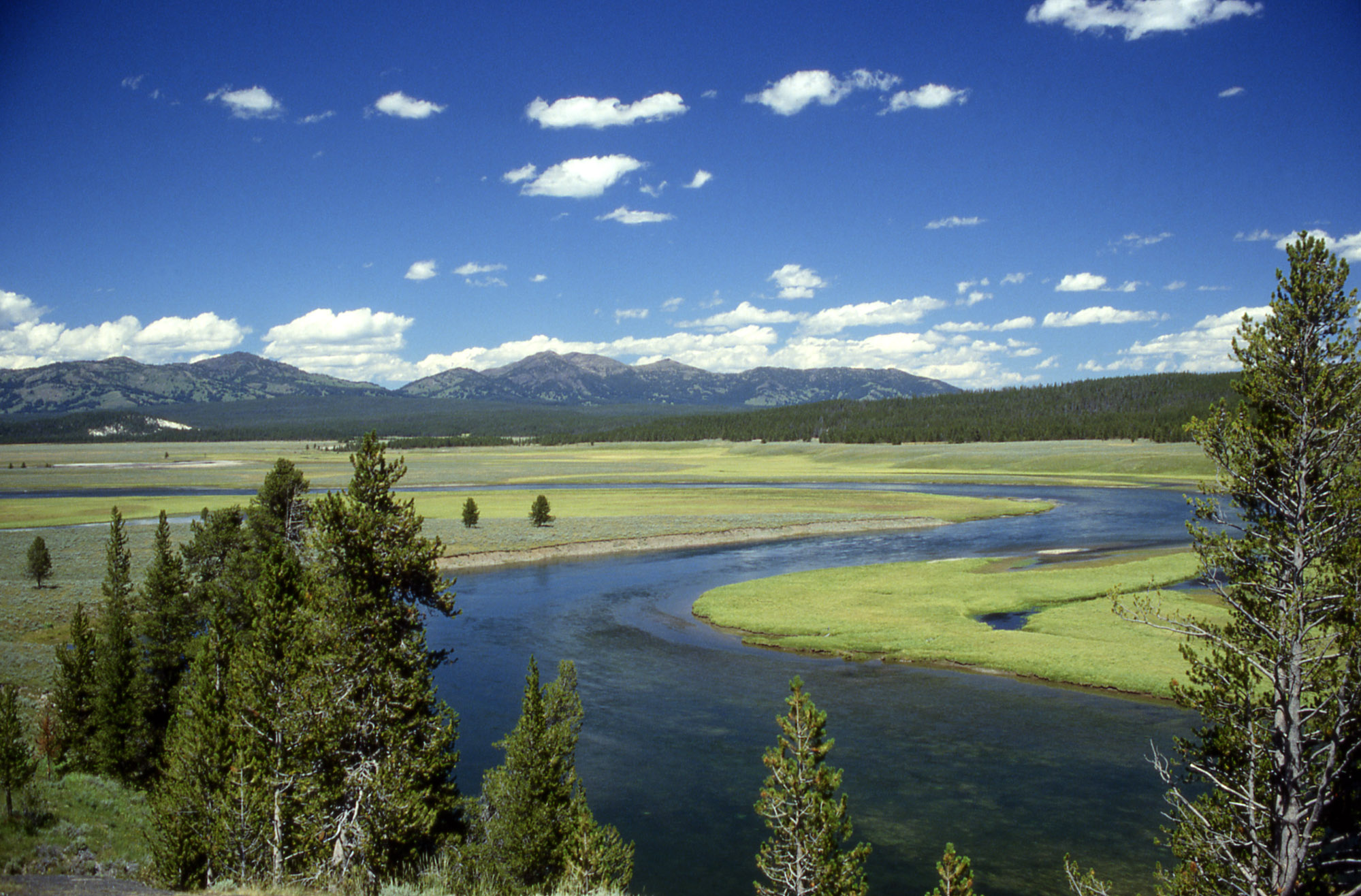“Magicians of
the Gods” is a tour de force by controversial explorer Graham Hancock, and is
considered a sequel of sorts to his “Fingerprints of the Gods”, published
already in 1995. Reading it was like a conversion experience, although strictly
speaking I was “converted” to the idea of a Lost Civilization (or, more likely,
lost civilizations in the plural) already after reading John Michael Greer´s
“Atlantis: Ancient Legacy, Hidden Prophecy”. I used to believe that Hancock was
simply a latter day Velikovsky-Däniken combo. I now think that the man is on to
something, probably something huge!
The main
archaeological discovery since “Fingerprints” which, more or less literally,
“changes everything” is the ancient temple complex at Göbekli Tepe in Turkey,
believed to be about 12,000 years old. At the time, only hunters and gatherers
lived in the area – indeed, all humans everywhere were still at the Paleolithic
or Mesolithic stages of technological and cultural development. Either hunters
and gatherers built enormous temple complexes, or…well, you get the picture.
Hancock believes that ancient Göbekli Tepe was built by survivors from
“Atlantis” or the Lost Civilization. I happen to agree that something very,
very strange is going on here. In fact, if Hancockism (or hyper-diffusionism)
ever becomes main stream, it will be because of Göbekli Tepe. In my crystal
ball, I see a popular documentary about the site circa 2020…
On most points,
Hancock´s ideas are more radical or “fringe” than those of official
archaeology. He believes that sites dated by archeologists to within the span
of “known” human history are actually considerably older. The book contains
discussions about Baalbek, Sacsayhuaman, Tiwanaku, submerged cities off the
Indian coast and a pyramid-like structure in Indonesia. Unsurprisingly, the
controversial redating of the Sphinx carried out by Robert Schoch is discussed,
and Hancock seems to believe that all structures at Giza are either older than
Egyptologists want to admit, or based on a master plan from primordial times. A
strong point of the book (at least to a “moderate” like myself) is that the
fringiest aspects of Hancock´s previous works are played down, such as the
notion of “wandering poles” and “crustal replacement”. He even attacks the late
Zecheriah Sitchin, calling his works “science fiction novels”. No face-on-Mars
either! It´s not entirely clear whether Hancock believes that Atlantis was
technologically advanced as in 21th century modern, or whether they looked more
akin to other ancient civilizations, albeit with some additional gadgets
(perhaps some form of electricity).
The most
disturbing aspect of “Magicians of the Gods” is, inevitably, the discussion
about the reason behind the Lost Civilization´s disappearance. Why exactly did
it go lost? Hancock believes that Earth was struck by a comet at the end of the
last Ice Age. The comet impact vaporized large portions of the ice sheets,
creating a massive flood which destroyed Atlantis and any other civilizations
which may have been in existence. Hancock believes that this global cataclysm
turned humanity into a species with amnesia (a Velikovskian notion – really a
secular form of Gnosticism). He also believes that the survivors of Atlantis
encoded hidden messages about the next apocalypse at Göbekli Tepe and other
ancient sites. The time is NOW, more specifically 2012 to 2040, during which
the comet will return and once again destroy us all…unless the nations of the
Earth can unite and stop the old devil with some modern space technology. I
admit I´m not entirely “converted” on this point – Hancock´s interpretation of
the Göbekli Tepe stela with the scorpion motif sounds like pure speculation.
Note also the tie-in to the failed New Age prophecy of 2012. That being said,
the author is probably right that neo-catastrophism deserves a hearing within
academe.
If Hancock is
right about the Lost Civilization, many ancient mysteries will finally be
explained. Why do unconnected cultures all over the world have flood legends?
Why is humanity´s original concept of history not “progress” but rather regress
from a Golden Age? Why do legends from unconnected cultures talk about a
dangerous comet? Why are the Sumerian king lists so ridiculously long,
stretching back into pre-history? Why did many ancient civilizations claim to
have been founded by culture-heroes from foreign lands, rather than by the
natives? What caused the “genetic bottlenecks” our species seems to have gone
through? And, ahem, why did Plato place the destruction of Atlantis right at
the end of the last Ice Age? I wouldn´t be surprised if the Lost Civilization
will be accepted academic dogma in 50 years or so, at which point everyone will
say that of course they knew all this all along, Graham Hancock be damned.
Perhaps we should take special care to preserve “Magicians of the Gods” to
posterity…
Of course, there
are other aspects of “Magicians” which I found more questionable, including a
quasi-religious reverence for said magicians and their secret brotherhood .
Hancock´s ideas are easy to combine with Theosophy and I believe ARE has
promoted them. The idea that the culture-heroes may have been White is likely
to appeal to Alt-Right circles, although the Indonesian-Tamil aspect perhaps
mitigates this. (Unless, of course, you believe in the Tropical Ur-Heimat of
the Aryan race!) I believe that Hancock´s success can at least in part be
explained by its character of “revelation”. I already mentioned that
Velikovsky´s idea of amnesia sounds like a form of Gnosticism. Some groups hope
to find religious or technological secrets left behind by the Atlantids,
perhaps in a Hall of Records under the paws of the Sphinx. OK, here is the bad
news: what if Atlantis turns out to be just another ancient civilization,
ultimately neither better nor worse than Egypt, Greece or Rome? The Hall of
Records is just another bunch of cuneiform tablets.
Still, the good
news is that Atlantis might have been real, warts and all, and I therefore give
this book five stars.








